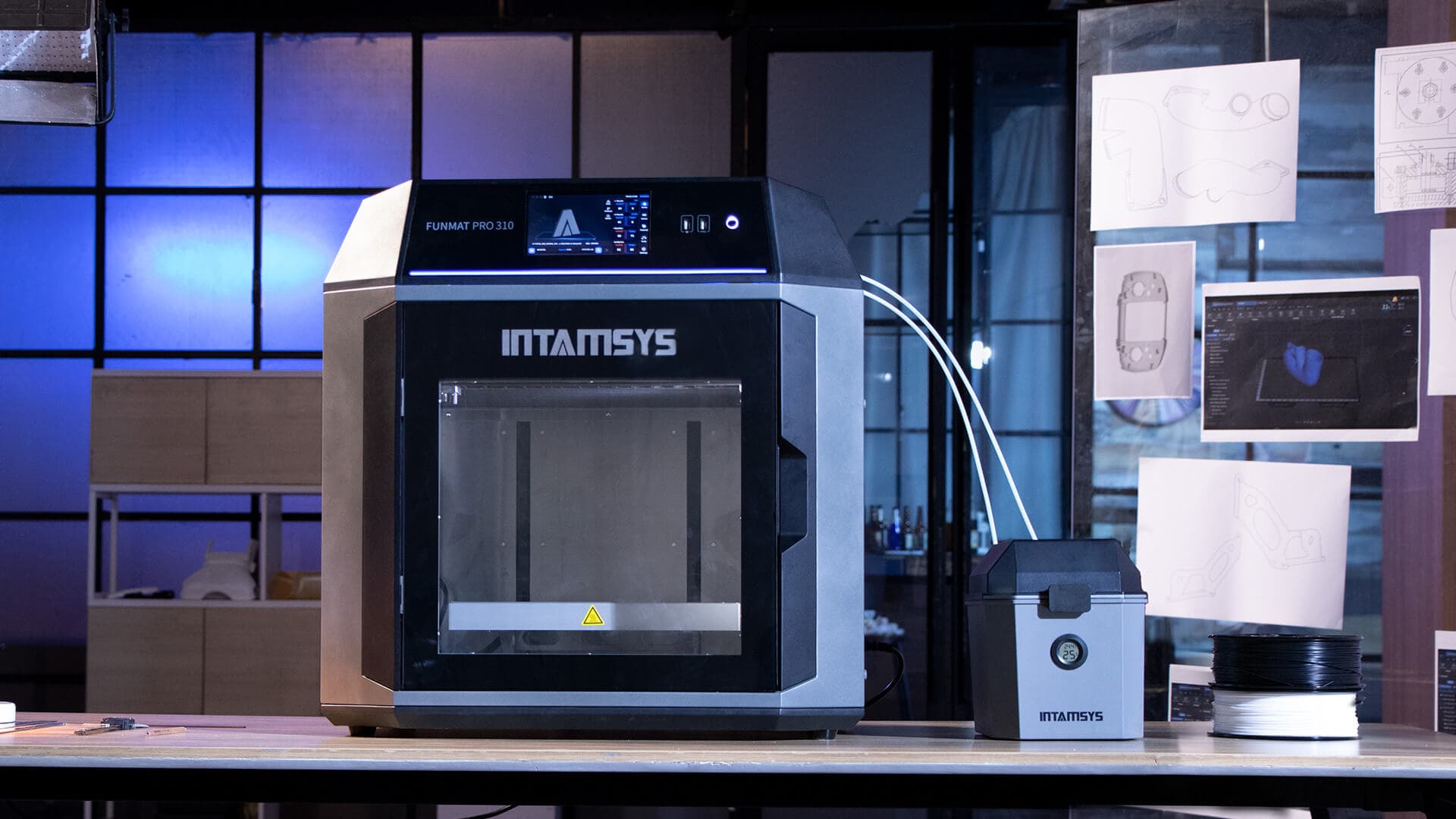Electric school buses begin service for West Aurora School District 129, promising cleaner commutes
West Aurora School District 129 put a new fleet of electric buses into service today, part of a broader push to cut pollution and operating costs for school transportation. The rollout marks a practical test of electric vehicle technology in a suburban district, with implications for student health, district budgets, and local power infrastructure.

West Aurora School District 129 sent a fleet of electric school buses onto its routes today as students boarded for morning runs, a visible sign of how districts are experimenting with cleaner technology for routine public services. The deployment follows months of planning to alter maintenance routines, install charging infrastructure, and adapt routes to the range and charging needs of battery powered vehicles.
Electric school buses eliminate tailpipe emissions at the point of pickup and drop off, an important benefit near schools where diesel exhaust has been linked to elevated rates of childhood asthma and other respiratory conditions. For school districts, the appeal extends to potentially lower fuel costs and reduced maintenance because electric powertrains have fewer moving parts than conventional diesel engines. Quiet operation also reduces noise exposure for children as they wait at stops.
The shift to electric buses presents operational challenges that districts must confront. Charging equipment must be installed at depots or in strategic locations along routes, and electrical panels sometimes need upgrades to handle sustained load. Battery range and charging speed impose constraints on scheduling, so route planning and charging schedules become central to daily operations. Drivers and maintenance personnel require new training because electric buses differ in systems and safety procedures from diesel models.
Beyond the logistics, the rollout has broader fiscal and equity implications. Upfront purchase prices for electric buses remain higher than for diesel models, which means many districts rely on grants, state incentives, or bond financing to cover initial costs. Over time, reduced energy and maintenance expenses can offset those investments, but the timing of payback varies with electricity prices, vehicle utilization, and local labor costs for maintenance and charging infrastructure.
Street level implementation also raises questions about how the transition will be distributed across communities. Wealthier districts often have greater capacity to finance infrastructure upgrades, while districts with tighter budgets risk falling behind. Ensuring that children in all neighborhoods benefit from cleaner school transportation will require targeted funding and technical support at the state and federal levels.
The introduction of electric buses in West Aurora arrives as part of a national trend toward electrifying heavy duty vehicles and decarbonizing transportation. The vehicles will serve as a real world laboratory for district planners and state regulators, providing data on reliability, lifecycle costs, and impacts on local air quality. Those findings will inform future procurement decisions and potential expansion to more routes.
As the fleet settles into service, attention will turn to practical measures. District officials will monitor charging needs, maintenance demands, and student and driver experience. Lessons from West Aurora will be watched by neighboring districts deciding whether to accelerate their own transitions to electric school buses. The immediate outcome will be quieter, cleaner commutes for students, while the longer term test will be whether the technology proves durable and affordable enough for widespread adoption.


